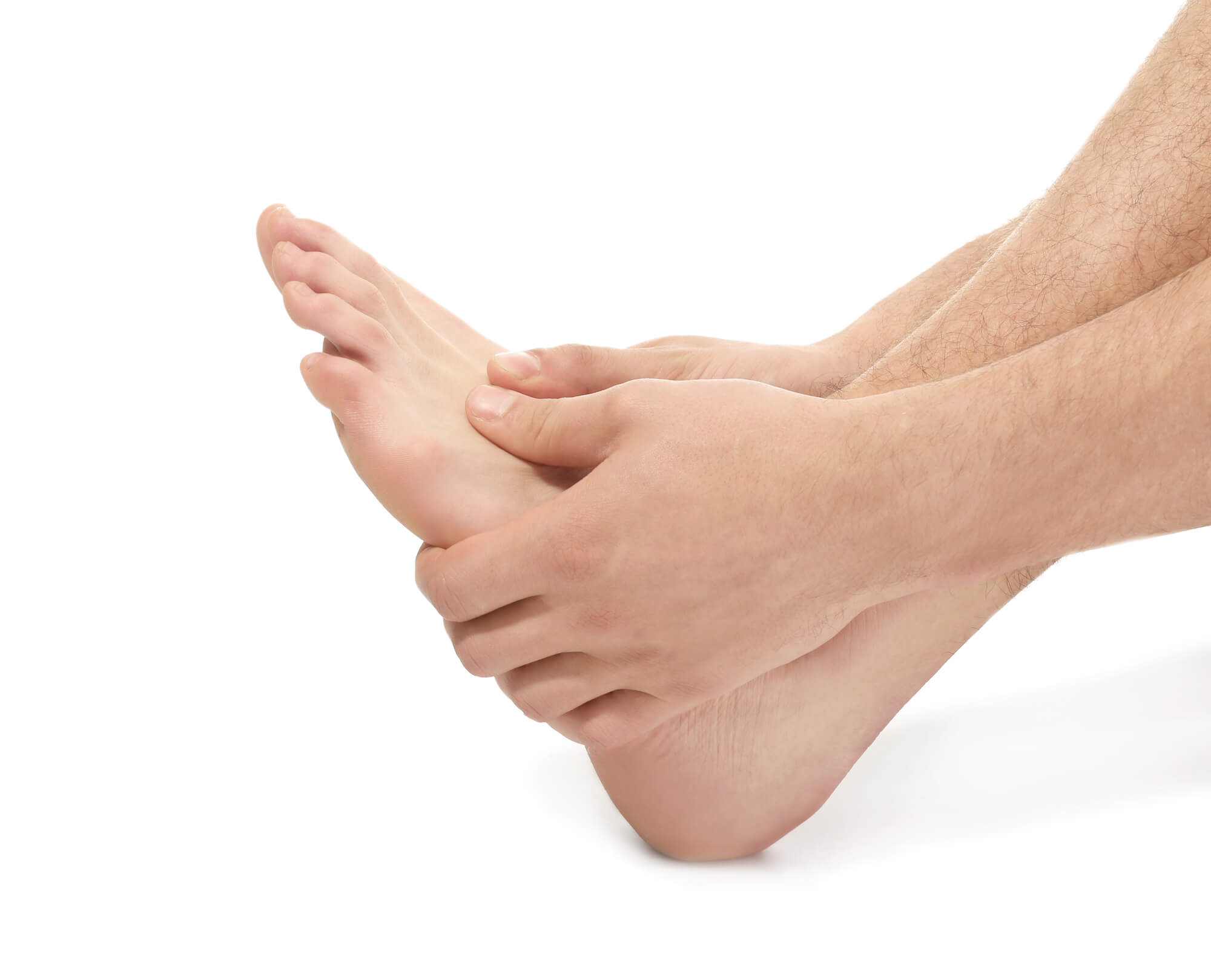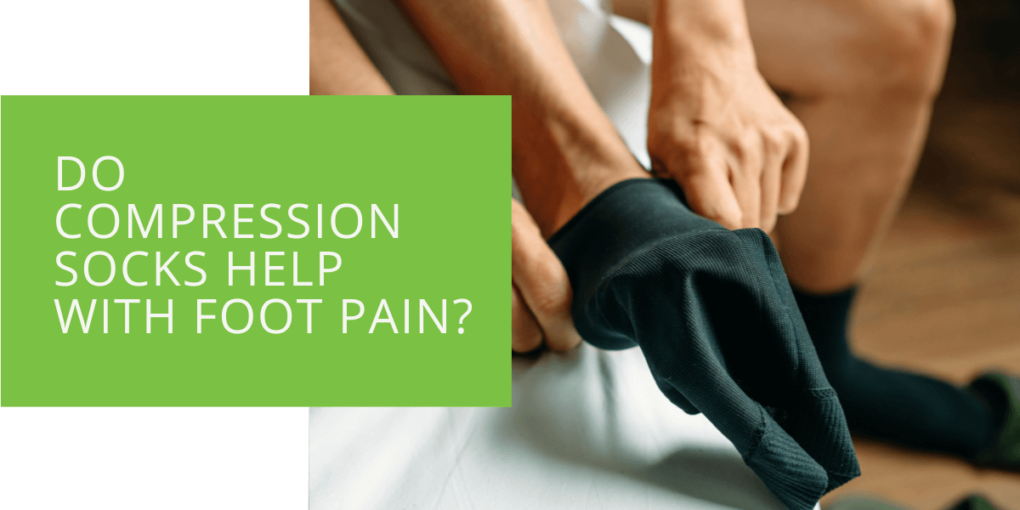Do Compression Socks Help with Foot Pain?
Foot pain is a prevalent issue that can significantly impact our daily lives. Finding effective relief is crucial, whether caused by plantar fasciitis, arch pain, or other conditions. Compression socks have gained popularity as a potential solution. In this article, we will delve into the effectiveness of compression socks for foot pain relief, how they work, their benefits, and the research behind them.
Understanding Foot Pain
Foot pain can stem from various causes, such as plantar fasciitis, Achilles tendonitis, or arch pain. It can result from overuse, improper footwear, high-impact activities, or medical conditions. The discomfort can range from mild to severe, affecting our mobility and overall quality of life.
How Compression Socks Work
Compression socks are specially designed stockings that apply pressure to the lower limbs, gradually decreasing from the ankle to the calf. This graduated compression promotes blood flow, improves circulation, and helps reduce swelling in the feet and ankles. By exerting pressure on the veins, compression socks assist in pushing blood back up toward the heart, combating venous insufficiency and pooling.
Benefits of Compression Socks for Foot Pain
Compression socks provide numerous benefits for individuals dealing with foot pain. Let's explore some key advantages:
Improved Blood Circulation
Compression socks apply gentle pressure to the lower limbs, facilitating better blood circulation. This helps prevent venous insufficiency and reduces pooling in the feet, delivering oxygen and nutrients more effectively to the tissues. Enhanced blood flow aids in pain relief and promotes healing.
Reduced Swelling and Inflammation
The graduated compression exerted by socks helps prevent fluid buildup and edema, effectively reducing swelling and inflammation. Compression socks alleviate discomfort and enhance overall foot comfort by promoting lymphatic drainage and supporting blood vessels.
Alleviation of Foot Conditions
Compression socks offer relief for various foot conditions. They support the arch of the foot, reducing strain on the plantar fascia in individuals with plantar fasciitis. Compression socks also offer stability for those with Achilles tendonitis, minimizing discomfort during movement. Additionally, they can help manage arch pain and fallen arches by providing gentle compression and arch support.
Venous Health Improvement
Compression socks promote venous health by preventing or alleviating symptoms associated with venous conditions like varicose veins. By improving blood flow and reducing venous pressure, compression socks minimize visible veins and associated discomfort.
Support for Active Lifestyles
Compression socks benefit individuals with active lifestyles or prolonged periods of standing. They stabilize muscles, reduce vibration, and minimize fatigue, cramping, and soreness. With added support to the feet and lower legs, compression socks enhance performance and aid in post-activity recovery.
Prevention of Blood Clots
Compression socks are commonly used to prevent deep vein thrombosis (DVT) and blood clotting conditions. Promoting healthy blood flow reduces the risk of clot formation, making them particularly useful during long flights, bed rest, or post-surgery recovery.
Compression socks provide comfort, breathability, and moisture-wicking properties, ensuring a pleasant wearing experience. Their versatility in style and length allows for easy integration into daily attire. However, it's essential to consult with a healthcare professional to determine the appropriate compression level and duration of wear for your specific needs.

Research and Evidence
Numerous studies have explored the effectiveness of compression socks for foot pain relief. Research indicates that compression socks can help improve blood circulation, decrease swelling, and alleviate pain in individuals with various foot conditions. For example, a study published in the Journal of Foot and Ankle Research found that compression socks improved symptoms and function in individuals with plantar fasciitis. These findings highlight the potential benefits of incorporating compression socks into a comprehensive treatment plan.
Choosing the Right Compression Socks
When selecting compression socks, it is essential to consider factors such as compression level, material, size, and fit. Compression levels are measured in millimeters of mercury (mmHg) and should be chosen based on the severity of foot pain and the recommendation of a healthcare professional. Proper sizing ensures the socks provide the right pressure for optimal results.
Wearing Compression Socks Correctly
To maximize the benefits of compression socks, it is crucial to wear them correctly. Start by properly fitting the socks, ensuring they are snug but not overly tight. Putting them on in the morning when swelling is minimal is recommended. Wear them consistently throughout the day, especially during activities that involve prolonged periods of standing or sitting. Remember to remove the socks before going to bed.
Additional Foot Pain Relief Strategies
While compression socks can be beneficial for foot pain, adopting a comprehensive approach to managing and preventing further discomfort is essential. Alongside wearing compression socks, incorporating stretching exercises, physical therapy, and orthotics can enhance the treatment outcome. Additionally, lifestyle modifications, such as choosing supportive footwear, maintaining a healthy weight, and taking regular breaks from prolonged standing, can significantly alleviate foot pain.
Potential Risks and Precautions
Although compression socks are generally safe, certain individuals should exercise caution. Those with circulation disorders, diabetes, or compromised sensation should consult a healthcare professional before using compression socks. Additionally, pregnant women should seek guidance regarding the appropriate compression level and duration of wear during pregnancy to ensure optimal safety and effectiveness.
Conclusion
Compression socks can be valuable in managing foot pain and promoting overall foot health. Compression socks help improve blood circulation, reduce swelling, and alleviate discomfort associated with various foot conditions through their graduated pressure and support. However, it's important to remember that compression socks are just one component of a comprehensive treatment plan. It's recommended to consult with a podiatrist or healthcare professional to assess your specific needs and develop an individualized approach to managing foot pain.
Incorporating compression socks into your daily routine and other foot pain relief strategies such as stretching exercises, physical therapy, and proper footwear can help you find significant relief and enhance your overall well-being. Don't let foot pain hold you back from enjoying life to the fullest. Take the first step towards greater comfort by exploring the benefits of compression socks and seeking professional advice to guide you on your journey to pain-free feet.
Remember, foot pain is a complex issue, and what works for one individual may not work for another. By working closely with a podiatrist, you can find the most effective treatment options tailored to your specific condition and needs. Don't let foot pain limit your mobility and enjoyment of life. Embrace the potential benefits of compression socks and discover the relief you deserve.

